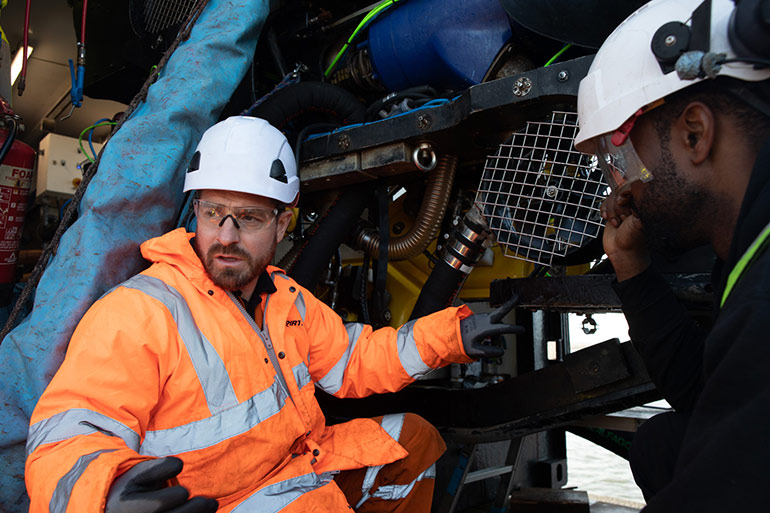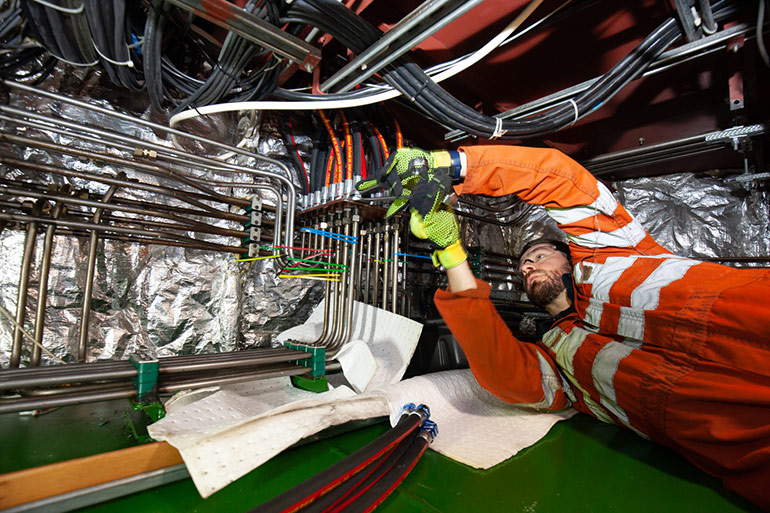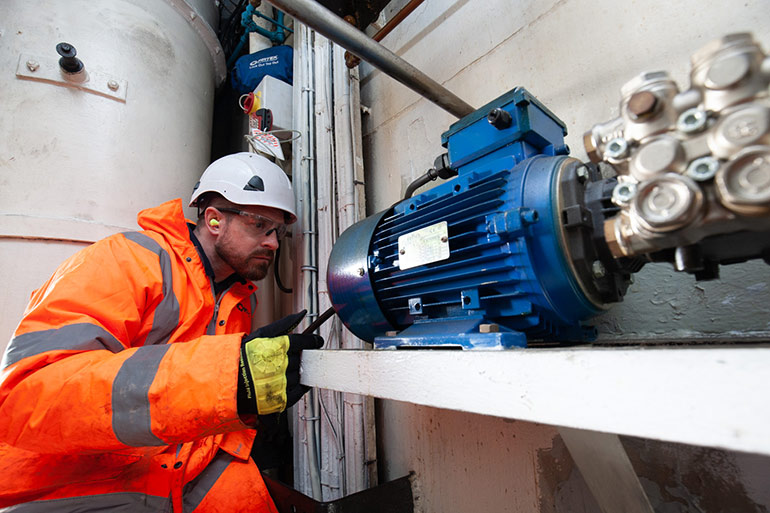Hydraulic machinery has a crucial role to play in many facets of modern society. From transport to construction, marine and shipping or food processing, machinery powered by hydraulics acts as the backbone to getting jobs done efficiently and repeatedly.

The HSE reported that 561,000 people in 2022/23 sustained an injury in the workplace, and given the complexity involving this type of machinery, the well-being and safety of those involved needs to be of the utmost importance.
For businesses and firms who might be concerned with the risks and hazards associated with their hydraulic machinery, Martyn Smart, Group GHSE Manager, at Pirtek, provides trips and strategies they can implement to ensure hydraulic health and safety is prioritized.
- Enforce routine inspections and preventative maintenance
The machinery that relies on hydraulic hoses can face extreme pressures and strain over repeated use. Although these components are designed to be durable, they can sustain damage and degrade over time.
For businesses who have limited knowledge of hydraulic safety, there can be a tendency for them to opt for a DIY fix or ‘re-ending,’ where the last few inches of the hose is cut off and replaced with new fittings to artificially extend their lifespan.

However, this is strongly discouraged by the British Fluid Power Association (BFPA). Instead, businesses can enlist the support of technicians from the British Fluid Power Distributors Association’s (BFPDA) list of accredited suppliers who can conduct routine inspections and preventative maintenance programs. This will ensure that any hydraulic faults or potential failings are identified before they can escalate and are replaced with new, safe, and compatible components.
- Ensure technicians are trained to the highest industry standards
Hydraulic systems in machinery are often complex with numerous moving parts and as such, they require specialist knowledge to be effectively maintained. Companies need to ensure that their hydraulic technician teams have received comprehensive training on hydraulic systems from an industry regulated trainer as this will ensure they are up to date with the latest guidance and how to perform repair-jobs safely and successfully.
UK-based technicians can undergo the City and Guilds-assured health and safety induction and Pirtek’s comprehensive ‘Foundation Course in Hydraulic Systems’ and ‘Hydraulic Safety Awareness’ courses at the organization’s National Training Centre (NTC) in Birmingham, UK. These courses and inductions extensively cover health and safety associated with hydraulic systems to ensure that every technician has health and safety as a primary focus.

- Deliver physical and mental wellbeing programmes for MSTs
Working with hydraulic machinery and the associated fluids is a challenging occupation as high temperatures, high pressure and confined spaces can make the job of replacing hydraulic hoses a dangerous job. Additionally, it’s not uncommon for technicians to spend much of their time working alone, which can have an impact on their mental wellbeing.
The British Occupational Health Research Foundation found that 64% of ‘lone workers’ face a level of psychological distress. For businesses who operate in environments like this, it’s vital they commit to a duty of care for those who work every day, often alone, with hydraulic machinery and hoses. This ensures that correct assessments are conducted and steps implemented to control any risks technicians may face in their line of work.
- Specialist support can ensure health and safety is prioritized
Hydraulic systems and their associated components require specialist knowledge and expertise to be maintained safely and effectively. Businesses should always seek to bring in experts for any repair or maintenance work of hydraulic systems. This expert support ensures safety is prioritized and downtime is significantly reduced for businesses that rely on hydraulics.
Undergoing regular hydraulic maintenance and servicing from accredited providers who have technicians with the knowledge, experience and industry-standard safety credentials will not only ensure the smooth running of any organization, but also foster an environment for safe and efficient hydraulic hose care.
Pirtek
www.pirtek.co.uk
Filed Under: Components Oil Coolers, Featured, Hose & Tubing, Hose Assembly Tips, Technologies